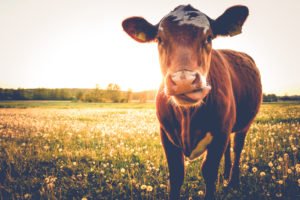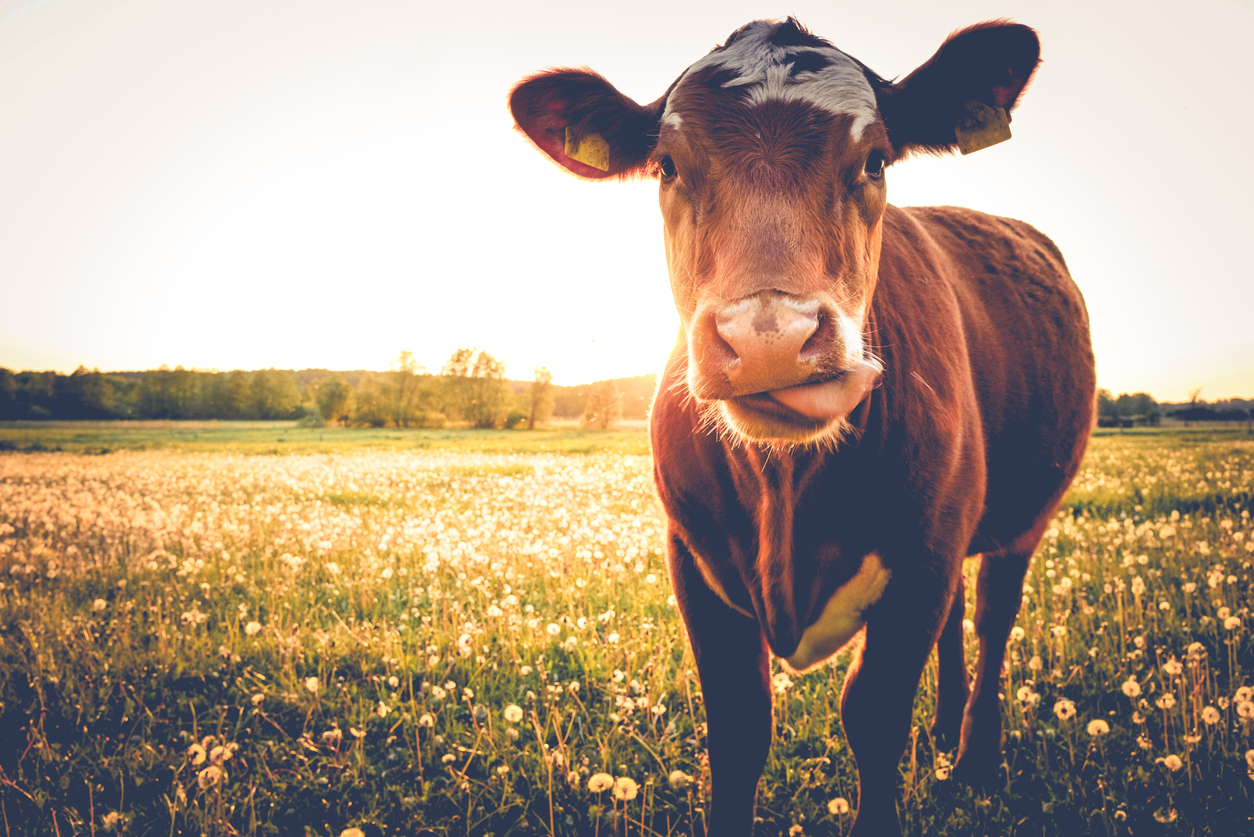MPI is responding to the discovery of a cattle disease on a South Canterbury farm.
 Mycoplasma bovis is common internationally but this is the first time it has been found in New Zealand.
Mycoplasma bovis is common internationally but this is the first time it has been found in New Zealand.
The SMC prepared a Q&A with an expert who has studied the disease overseas. Feel free to use these comments in your reporting.
Dr Fernanda Castillo Alcala, senior lecturer in anatomical pathology, Massey University, comments:
What is Mycoplasma bovis; what species does it infect and what kind of infection does it cause in the animal?
“Mycoplasma bovis is a member of the family Mycoplasmataceae. Mycoplasmas are among the smallest free-living microorganisms capable of self-replication and are highly fastidious, slow growing and difficult to culture.
“The lack of a cell wall separates mycoplasmas from other bacteria in the class Mollicutes. Mycoplasmas are either commensals or cause chronic, generally mild to moderate infections, rarely killing their host.
“Mycoplasmas can be extremely host-specific in terms of disease production being pathogenic to one main host and able to colonise others without fully expressing their pathogenic potential. Interspecies transfer is extremely rare.
“Mycoplasma bovis is widely distributed and infection has been reported throughout the world including most European and American countries. Mycoplasma bovis is not considered ubiquitous but widely spread within the bovine population in enzootically infected areas.
“Mycoplasma bovis is the cause of several disease syndromes that include mastitis, otitis media, keratoconjunctivitis and most importantly pneumonia and arthritis in calves and young cattle. Meningitis, tenosynovitis, subcutaneous decubital abscesses and genital infections have also been reported sporadically.
“Mycoplasma bovis is one of the most important and prevalent agents isolated from cases of enzootic pneumonia in calves and in cases of undifferentiated bovine respiratory disease in feedlot cattle.
“Bovine mastitis is one of the most serious diseases caused by M. bovis and infection has been reported throughout the world. Mycoplasma bovis mastitis primarily affects adult dairy cows and it has also been reported as the cause of mastitis and arthritis in young dairy replacement calves and in first lactation cows.
“Arthritis associated with M. bovis infection causes lameness, swelling of the joints, distension and abscessation of the tendon sheaths, and if severe, reduced feed consumption and marked debilitation. Arthritis is usually regarded as a sequel to systemic dissemination of the bacteria in cases of primary M. bovis pneumonia and mastitis.”
How is the infection spread between animals? What are the options on a farm where animals are infected with M. bovis?
“Mycoplasma transmission can be established by direct contact between hosts or through secondary means such as aerosols, fomites, food, water, and other vectors. Secondary transmission can also occur through healthy or convalescent carriers recovering from acute infections. Sub-clinically infected animals play an important role in the epidemiology of the disease, and are considered the main obstacle in the control and eradication of mycoplasmoses.
“Control strategies should focus on early disease recognition and diagnosis. Rapid diagnosis of M. bovis infections is fundamental for the prevention and effective control of the disease. Establishing objective disease-identifying protocols that can accurately detect animals suffering from clinical and sublinical disease is essential.
“Additionally, accurate characterisation of the predominant disease syndrome should guide the control strategies, as different clinical presentations may require specific changes in established management practices.”
This is the first time the disease has been found in New Zealand: where else is it present and what effect has it had on farming industries there?
“Mycoplasma bovis (formerly Mycoplasma agalactiae subspecies bovis) has been recognised as a pathogen in cattle for many years. Since originally isolated in 1961 from a case of severe mastitis, it appears to have spread via animal movements to many countries around the world and is recognised with increasing frequency as an important cause of various disease syndromes in cattle.
“In cattle, mycoplasmas can cause serious and economically costly diseases. The economic consequences of M. bovis related disease in cattle are reflected in terms of expenses associated with preventative and therapeutic medications, isolation of diseased animals, increased time on feed, increased labour, mortalities, poor productive performance and decreased carcass merit.
“Animal welfare is also an important consideration as disease may progress to a chronic, debilitating condition that is unresponsive to treatment.”
Now that the disease has been found in NZ, what are the options for monitoring and limiting its spread?
“Deciding what monitoring and control strategies to use would depend on the extent of the problem. So far, the disease has been reported in one farm in the South Island and a full epidemiological study may help provide more information as to what strategies should be implemented.”
Is there any direct effect on the human food chain from the disease?
“Mycoplasmas thrive only within a narrow host and tissue range can be extremely host-specific in terms of disease production being pathogenic to one main host and able to colonise others without fully expressing their pathogenic potential.
“Mycoplasma bovis is highly adapted to cattle and detection in other species, such as small ruminants, is a very rare event. As such, there is no food safety risk for humans consuming milk or other dairy products.”
